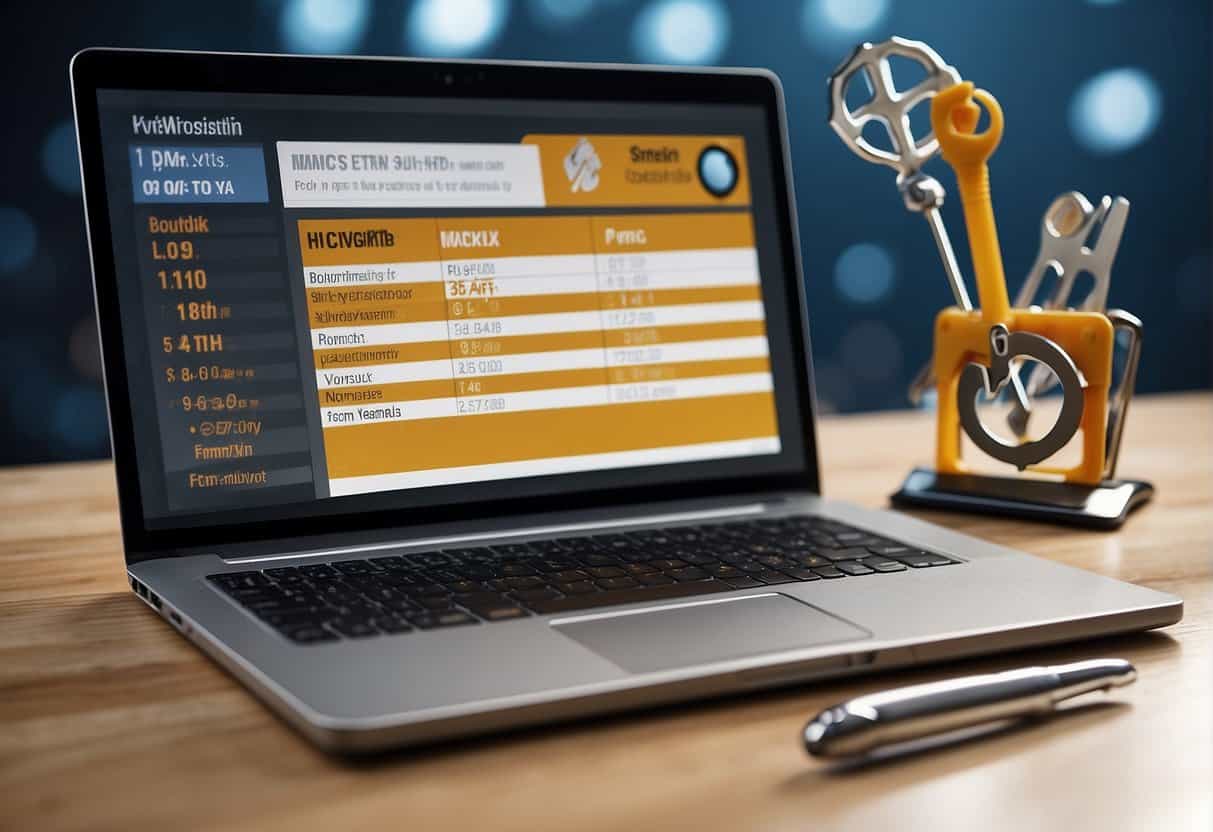Look at you, finally letting go of your outsourcing fears, building your remote dream team, and embracing the joys thereof. That’s some progress you have made, and we are proud of you. Unlike other agency owners still struggling to abandon their stereotypical in-house work model, you have opted for the remote work culture. Kudos!
We can all agree that the covid-19 pandemic showed us the flaws and uncertainties of the status quo ante. We saw large, medium, and small-scale companies and businesses switch from the once-familiar in-office work to remote work model to keep up with the consequent changes.
Skepticism aside, remote teams are the future.
Aside from the many perks that come with it—reduced overhead cost, less workplace absenteeism, work-life balance, and more flexibility—going remote opens the doors for businesses to explore international talent pools with more diversity and inclusion.
Feeling overwhelmed? You are not alone.
On a scale of very good, just okay, and not so good, how is your remote team doing?
Very good? Well done—we are rooting for you!
Just okay? It can get better, you know.
Not so good? Hey, maybe you are getting some things wrong.
Whether it feels like it or not, hiring a remote team will do you some good. Making the most of one requires work, consistency, and patience. If you are struggling with this new remote work culture, I want you to know that you are not alone. So, take a moment. Breathe.
Transitioning from full-time in-house teams to either hybrid or full-time remote teams feels like moving from a close-distance relationship to a long-distance relationship—no more face-to-face meetings, no more lunch breaks with your staff, no more handshakes and hugs. You have entered uncharted territory, which can leave you confused and overwhelmed as you navigate your new long-distance relationship with your remote team members.
As a manager running the show, you must be prepared to handle your fair share of challenges; when you are not dealing with communication lapses and bottlenecks, you are worried about building team cohesiveness, among other worries. But on the other side of these hurdles? It is pure bliss!
Tips for managing remote teams
A remote team can be a blessing if you know what you are doing. We have put together a few tips to help you handle your remote team better. Have a look.
- Set expectations
Talk to anyone in relationships of any kind, and they’ll have at least one expectation relating to the dynamics of that relationship—be it in the expression of compassion and affection or respect and mutual trust, you name it.
While having expectations is not a bad thing, it becomes a problem when they remain unspoken or poorly set. As Neil Strauss puts it, “Unspoken expectations are premeditated resentments.” The same goes for your relationship with your remote team. You set your remote team up for friction and poor productivity when you compromise on your business needs because you feel uncomfortable with setting clear and high expectations for them.
Be clear about what you expect from your remote team. Don’t be shy to cover the different aspects of your work relationship with your team members— communication schedules and frequency, work hours, KPIs and outcomes, et cetera. Setting clear expectations creates a saner environment for your team members to thrive and perform optimally.
Lastly, you want to avoid setting unrealistic expectations, as they can be a recipe for failure.
- Schedule regular check-ins
Managing a remote team is already tough as it is. Not having your fingers on the pulse makes it even harder.
Feeling disconnected from each other can have a detrimental effect on morale and on productivity, so it’s important to maintain team engagement.
Members of your remote team may not be able to see you or share a cup of coffee with you in a physical space, but there are others ways to let them know you are within reach. You want to stay connected with your remote team as much as possible, and what better way to do this than by scheduling regular check-in with them? You risk your remote team losing team spirit otherwise.
You’ll have remote team members scattered across different cities, countries, and time zones. Regular check-in calls are one of the ways to foster a sense of belonging to the bigger team.
Check-ins help you gather insight into things like:
- Performance levels of each team member.
- Common challenges your remote team faces.
- The well-being of team members.
- Productivity blockers.
- Communicate
Ever heard the quote, without communication, there is no relationship? This saying is true for every kind of relationship, including in-house and remote work relationships, the former a little less complicated than the latter.
Before going remote, team members could walk from their offices to yours to discuss work-related and personal issues. But here you are now, separated by distance and time from your remote teams—no more face-to-face interactions or in-house team meetings.
By now, you know firsthand how this communication barrier can easily affect the productivity and effectiveness of your team. Thankfully technology exists to help you eliminate the communication lapses common with remote teams. Now more than ever, you should explore tools and software that enhance effective and streamlined communication. This includes tools like Slack, Microsoft teams, Google Hangouts, Zoom, et cetera.
You want to be careful not to have too many communication channels to prevent overwhelming your remote team with a barrage of messages. Communication is necessary for managing remote teams, but over-communicating can become problematic.
- Provide emotional support
No doubt, remote work comes with perks that your team members love. Talk about freedom and flexibility, less commute time, better work-life balance, and whatnot. Sadly, it is not all roses.
Remote team members have to work long hours behind a computer screen, with little or no interaction with other team members, a sharp contrast to working in an office setting. It is common for remote workers to struggle with isolation, loneliness, burnout, and stress. These feelings can alter the quality of work life and reduce productivity if left unattended.
This is where you come in with emotional support.
Here are a few ways you can provide emotional support for your remote team:
- Create a safe space
It is up to you to create the right environment for your remote workers to be comfortable sharing their concerns. To do this, you need to express empathy towards your team, so much so that they recognize they are in a safe space.
It begins with making your remote team feel seen and understood.
Beyond seeing each remote team member as a worker that makes up the bigger team, you also want to see them as people with goals, interests, and personalities. This way, you can build authentic connections with your remote workers and make it easier for them to relate with and open up to you.
- Organize regular meetups
You want to organize regular online meetups and hangouts that give your remote workers the opportunity to connect with other team members. This way, they don’t feel so isolated all the time. If possible, you can also organize in-person gatherings where they can bond with other people once in a while.
- Encourage breaks
Hard work should be encouraged and commended. But so should breaks and holidays. All work and no play make Jack a dull boy, remember? Insisting on the former and neglecting the latter could result in higher stress levels, declining morale, physical and mental strain, et cetera.
Let your remote workers know and understand they are welcome to take breaks to refresh and unwind.
Breaks from work will leave them in great mental and physical shape to work more effectively and efficiently. They also help your remote team stay in touch with other aspects of their lives outside work, like family, friends, and hobbies.
- Steer clear of micromanagement
There is a thin line between being in control of your remote team and micromanaging the same. Managing a remote team requires a great deal of tact to avoid veering off from a healthy level of control to an unhealthy one.
Not sure whether or not you are gradually morphing into a micromanager? Here are some clues to know for sure:
- You are constantly obsessing over the productivity and results of your remote team.
- You thrive and insist on up-to-the-minute updates.
- Trust is lacking in your relationship with your team.
- Your remote team is constantly under scrutiny.
- You dread delegating authority.
If any of these describe your management style, then there is a high chance you are micromanaging your remote team.
These actions, trivial as they may seem, can negatively impact your remote team’s productivity. Some of the effects of micromanagement include:
- Heightened workplace stress.
- Increased work pressure.
- Emotional and mental fatigue.
- Reduced confidence, self-esteem, and morale.
- Burnout and depression.
Micromanagement is a counterproductive management style that puts pressure on employees rather than motivates them to work harder. Nobody likes to work under pressure, and nobody wants their supervisors watching them like hawks.
Instead of micromanaging, build trust with your remote team.
First, you need to hire a qualified set of hands you can trust in the first place. With the right team, you can rest assured that they will do the job well without your supervision, reducing the need for constant check-ins.
Enjoy the ride
The world is changing, with remote work as one of the new normals. You should be proud of yourself and your remote team, irrespective of the hurdles. Thankfully, with these tips, you can turn the boat around and start enjoying the ride and all the benefits that come with it.
Most importantly, you must ensure you have the right team on board to make the sail even smoother.
At GoWP, we help digital agency owners grow and expand their teams with highly vetted remote hires. Now you can say goodbye to a lengthy hiring process and have a remote team set up and ready to go in only a few clicks. All you have to do is schedule a call, and we will take it from there.
See you on the other side of bliss!





